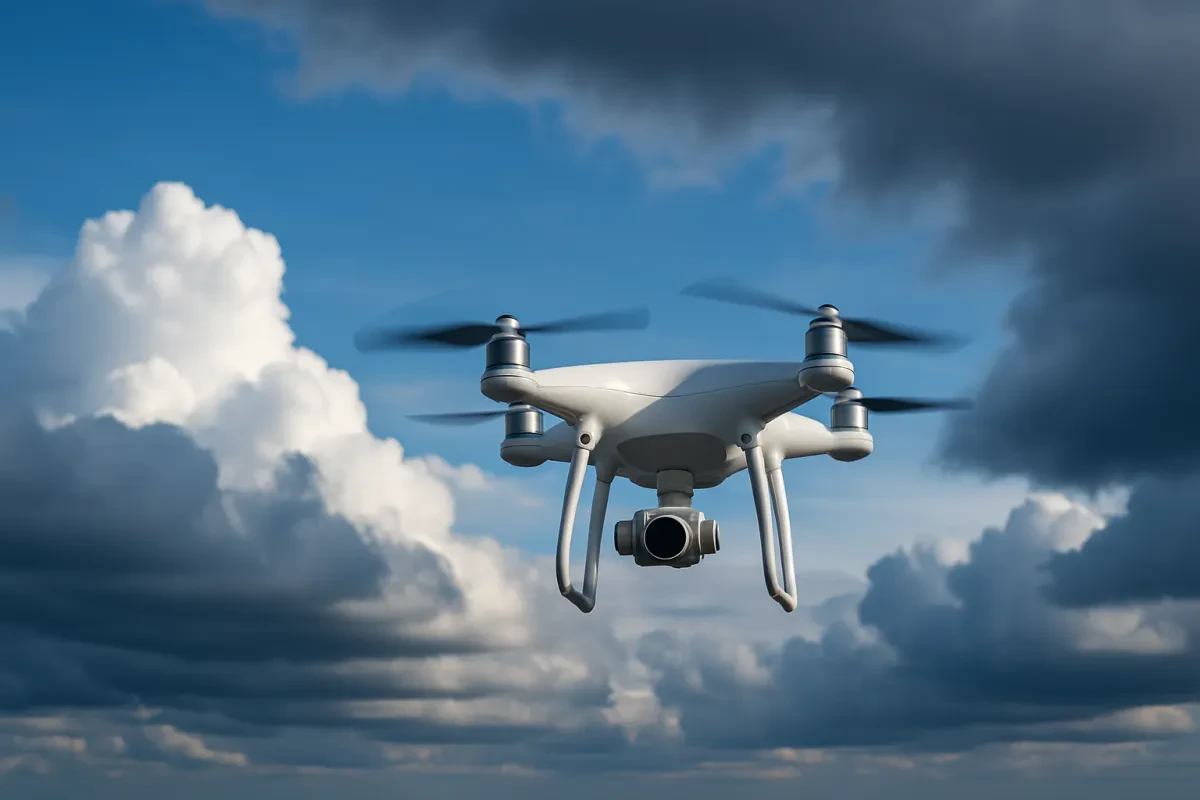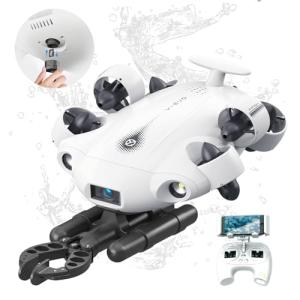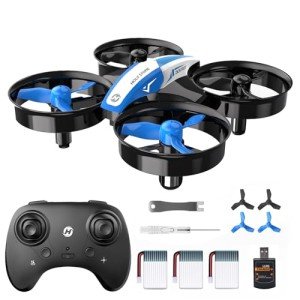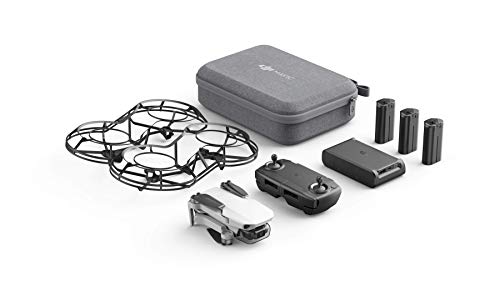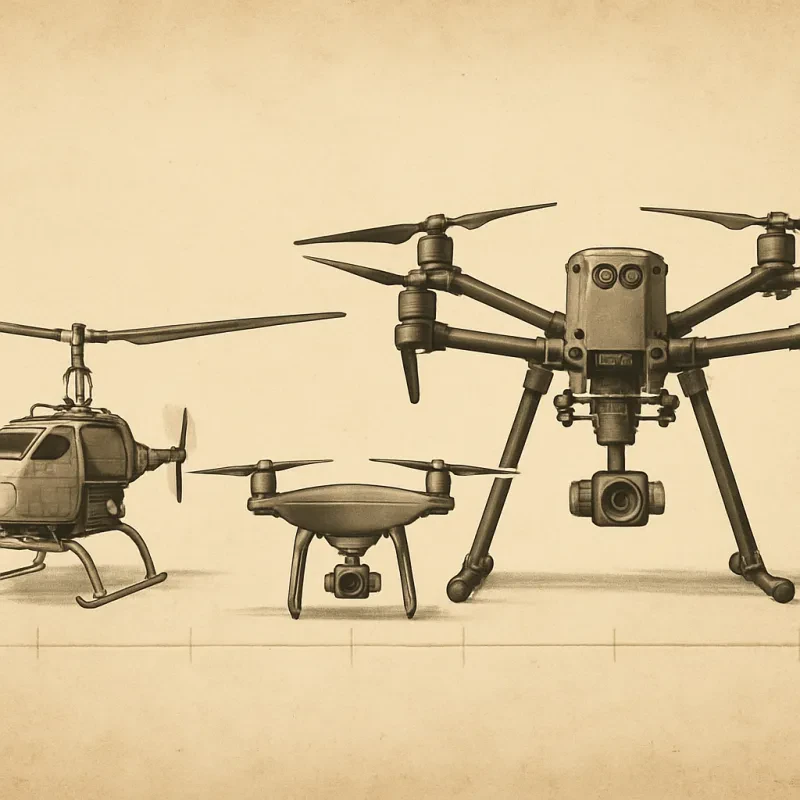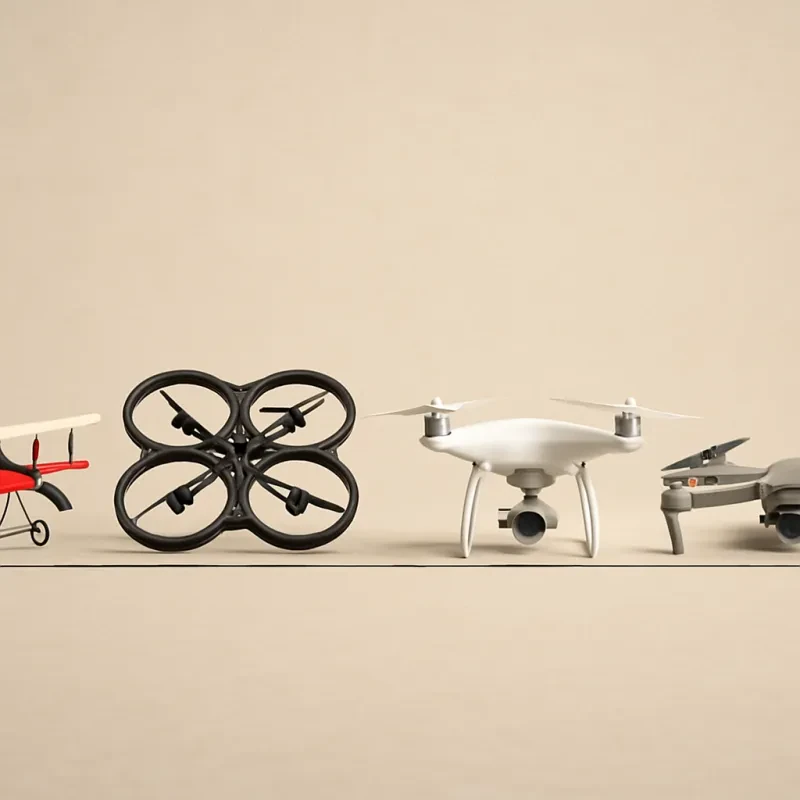Flying your drone can be a blast, but getting the right drone weather is key to a successful outing. The conditions can totally make or break your flying experience. So, let’s dive into what you need to look out for before you take off!
First up, wind. Drones aren't fans of strong gusts. Generally, a wind speed of around 5 to 10 mph is perfect. If it’s blowing harder than that, your drone might struggle to stay stable. Check the weather app for updates on wind speeds, especially if you’re flying somewhere open, like a park or beach.
Next, keep an eye on precipitation. Rain or snow isn't just a bummer; it can seriously mess with your drone’s electronics. Even light rain can cause problems, so it's best to wait for clear skies. If there's a chance of showers, save your drone for a sunnier day!
Temperature also plays a role in drone weather. Most drones perform well in mild conditions, around 50°F to 85°F. If it’s too hot or too cold, battery life can drop, and that could lead to unexpected landings. Always check the temperature before taking off and keep an eye on your battery levels during flight.
Finally, don’t forget about visibility. Flying in fog, mist, or heavy clouds can make it hard to see where you’re going. Always aim for clear, bright days to keep control of your drone and ensure a safe flight. Knowing these aspects of drone weather will help you enjoy the skies without any hiccups!
What to Watch for in Wind Speed
When you're out flying your drone, keeping an eye on wind speed is crucial. High winds can create turbulence that makes handling your drone tricky. If the winds are too strong, it's not just about stability; it can lead to crashes, especially for smaller drones. Always check the forecast before you head out so you're aware of any expected gusts.
A good rule of thumb is to aim for wind speeds below 10 mph for a smooth flight. Some drones can handle slightly stronger winds, but it’s better to play it safe. Remember, you want to enjoy your flying experience without worrying about whether your drone will make it back in one piece!
Look for wind gusts too. Even if the average speed seems fine, sudden gusts can catch you off guard. They can push your drone off course or make it harder to control. Check the hourly breakdown of wind reports for the specific times you'll be flying. This way, you can pick the best window for a great flight.
Finally, remember that local features can affect wind speed. Flying near tall buildings, trees, or hills can create unpredictable wind patterns. Always scout the area you plan to fly in. Understand how these natural and man-made structures might influence the drone weather in that spot.
FIFISH V-EVO 4K Underwater Drone with Robotic Arm
Explore the underwater world like never before with this powerful drone that captures stunning 4K footage and features a handy robotic arm for all your adventures
Product information
Product Review Score
4.23 out of 5 stars
84 reviewsProduct links
Cloud Cover and Drone Visibility Issues
When flying drones, paying attention to cloud cover is a must. Thick clouds can hide your drone from view, making it hard to control. This can lead to safety issues and crashes. So, when you check drone weather, look at the cloud cover percentage. If it’s more than 50%, consider staying on the ground.
Low clouds or overcast skies can cause poor visibility. If your drone goes out of sight, you could lose control. It's easy to get stressed out trying to spot your drone in gray skies. Flying in clear conditions, where you can see your drone at all times, is the best way to ensure a safe flight.
Keep an eye on the forecast too. Sometimes clouds roll in unexpectedly. Even if the skies look clear when you launch, that could change fast. Always have a backup plan and be ready to land if cloud cover starts to increase.
Don’t forget about wind conditions. Wind can push your drone into clouds, making it harder to fly safely. If you know you’re dealing with gusts, it’s a good idea to check the drone weather forecasts to avoid putting your gear and yourself at risk.
Waterproof Foldable Drone Landing Pad for Small Drones
The perfect landing accessory to protect your small drones - a foldable and waterproof landing pad for maximum convenience
Product information
£8.28
Product Review Score
4.17 out of 5 stars
80 reviewsProduct links
Temperature Effects on Drone Performance
When it comes to drone weather, temperature plays a huge role in how well your drone performs. Drones are built to operate within specific temperature ranges, and pushing those limits can lead to all sorts of issues. If it’s too hot or too cold, you might notice a change in battery life, flight stability, and even camera quality.
In cold weather, drones may struggle with battery performance. Batteries tend to drain faster in lower temperatures, which means less flying time. You might also find your drone's motors working harder to keep up. This can lead to overheating and potential malfunctions. If you're planning a winter flight, remember to keep an eye on that battery level and consider warming it up before takeoff.
On the flip side, hot weather comes with its own challenges. Excessive heat can cause batteries to overheat, leading to reduced performance. You could find your drone cutting power unexpectedly or having less responsiveness. It’s best to avoid flying during the hottest parts of the day. Early mornings or late evenings are often the most pleasant—and safest—for flying.
Always check the drone weather conditions before heading out. Know what temperatures your drone can handle and plan your flights accordingly. This way, you’ll ensure a safe and enjoyable flying experience every time!
